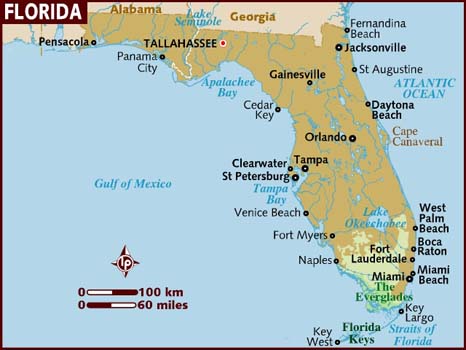
Hurricane Irma Barrels into Florida
Makes landfall in Florida Keys
Marco Island got its origins as a burial ground for Calusa Indians after they claimed it had a magic element that protected it from hurricanes. Centuries later, after developers have razed most of the protective mangrove forests and cut out large canals digging into the interior, the magic shield has crumbled. Even though Hurricane Irma’s destructive wind and storm surge (a large oceanic flood caused from the low pressure and high winds of hurricanes) were much less severe than anticipated, Marco, and surrounding towns, are still picking through the rubble.
In a town where populations can flux by more than 20,000 people depending on the season, a disappointing amount of residents stayed, confident they could brave a predicted 15-foot storm surge. 5,000 residents cooped up inside their homes and wished for the best; indeed, the floodwaters only peaked at 4-feet (Naples Daily News), but any amount of water would be enough to wake a city up. In the neighborhood of Goodland, a tiny little fishing outpost sharing the island with the more flavorful “City of Marco Island”, extensive damage rippled throughout, with many homes and businesses gone.
Turning southward to the beautiful archipelago of the Florida Keys, things are much worse. The vacation hotspot lost 25% of its homes to overwhelming destruction, and a total of 85% were damaged in one way or another (FEMA). Irma made landfall as a Category 4 storm on Cudjoe Key, a small key just some miles east of Key West. With winds of up to 130 mph (NY Daily News), the same as an EF2 tornado, and a storm surge of 10-feet, the catastrophic predictions added up in the island chain. 10,000 people stayed behind, and most left their houses in the end to what many have described as a “war zone.” One resident even remarked that it seemed as if a nuclear bomb had detonated.
A 10-foot high storm surge is no little thing. The average elevation above sea level in the Keys is about 5 feet, making floodwaters high enough to render many parts of the keys underwater. Luckily, many other cities such as Tampa Bay, Sarasota, and Fort Myers were saved from these destructive winds and surges as the storm’s eyewall drifted over land, cutting off its supply of energy and weakening it suddenly. As the storm lingered over Florida, the potential for storm surge was decreased, and many Gulf cities were spared the semi-apocalyptic predictions similar to the results of Irma’s path through the Caribbean.
The 2017 Atlantic Hurricane Season hasn’t even reached its peak (in mid to late September), and yet it has produced such monsters as Hurricane Harvey and Irma. The monster that was Irma produced enough energy over its lifetime to be stronger than a total of 18 fully recorded hurricane seasons since 1966; this means that, in 18 years, the total amount of energy from all the hurricanes recorded in a season was less than that of this one storm- Irma (NY Daily News). Considering that, Floridian cities are lucky that the damage hasn’t been as horrific as predicted.
